On a sunny Saturday near the end of March, treasure hunters thronged Steep Hill Beach at the foot of the Crane Estate in Ipswich.
No one found any gold coins, but they did get to run their hands over the splintered wood of a schooner shipwrecked there 115 years ago. They scoured the tidal sands for pottery and chunks of iron left behind by the ship’s disintegration, and Shawna Pierce of Andover even discovered a piece of metal embossed with the letters M-A-S-S, likely a part of the ship’s stove.
“It was really cool to pick up something no one else may have found yet,” Pierce says. “You wonder what part of the ship it’s from and how it might have settled there.”
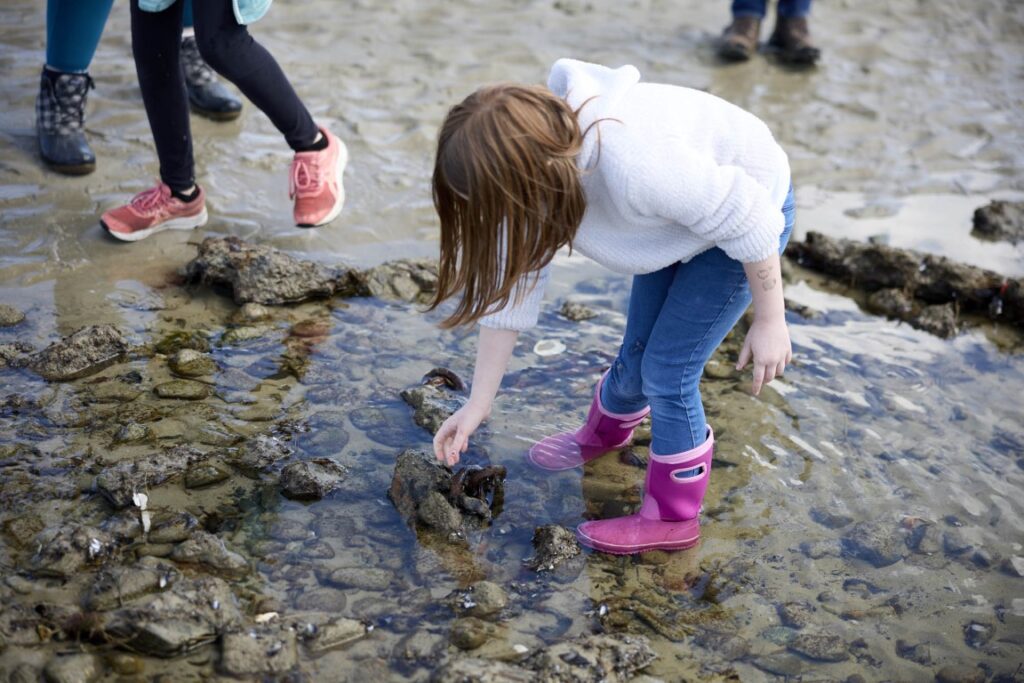
The wood, metal, and pottery on the beach are the remains of the Ada K. Damon, a two-masted schooner that was wrecked by a devastating snowstorm the day after Christmas in 1909. The ship, formerly a fishing vessel on the open ocean, had been repurposed to haul sand from North Shore beaches to Boston and was on its first voyage when the storm hit, snapping its anchor chain and washing it onto the beach. The wreck became an attraction nearly immediately, though the structure has moved and evolved over time, buried for years then emerging again with shifting sands.
Most recently, a passing storm coupled with a very high king tide exposed a long-hidden section of the hull some 50 feet long. The unveiling has attracted history-seeking visitors from across the region. Many make the shipwreck pilgrimage on their own, while others join tours run by the Trustees of Reservations, which owns the Crane Estate.
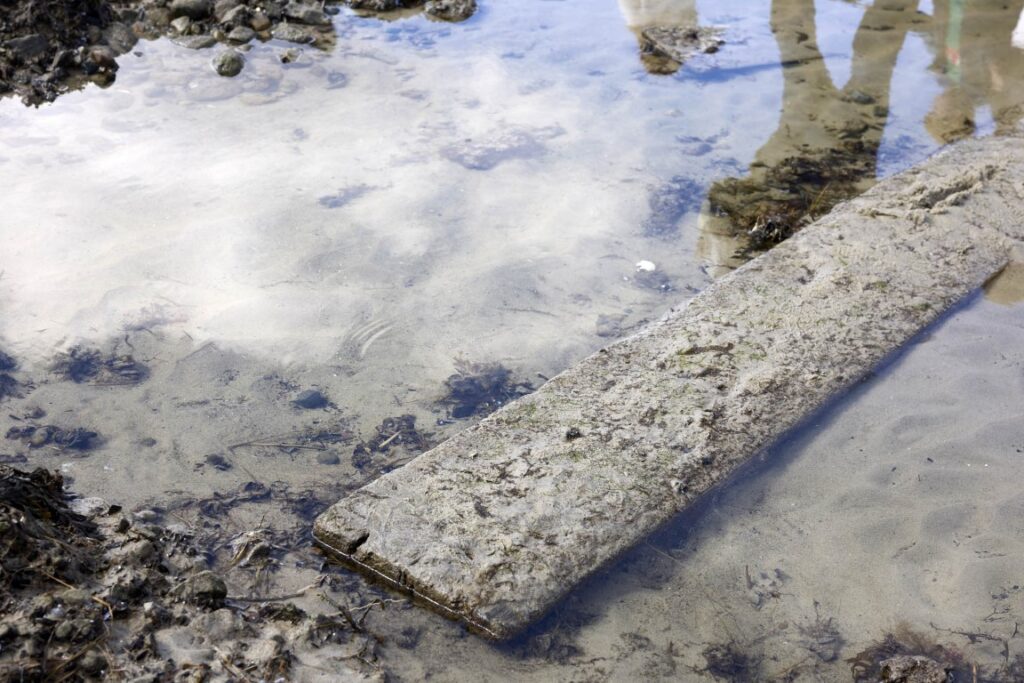
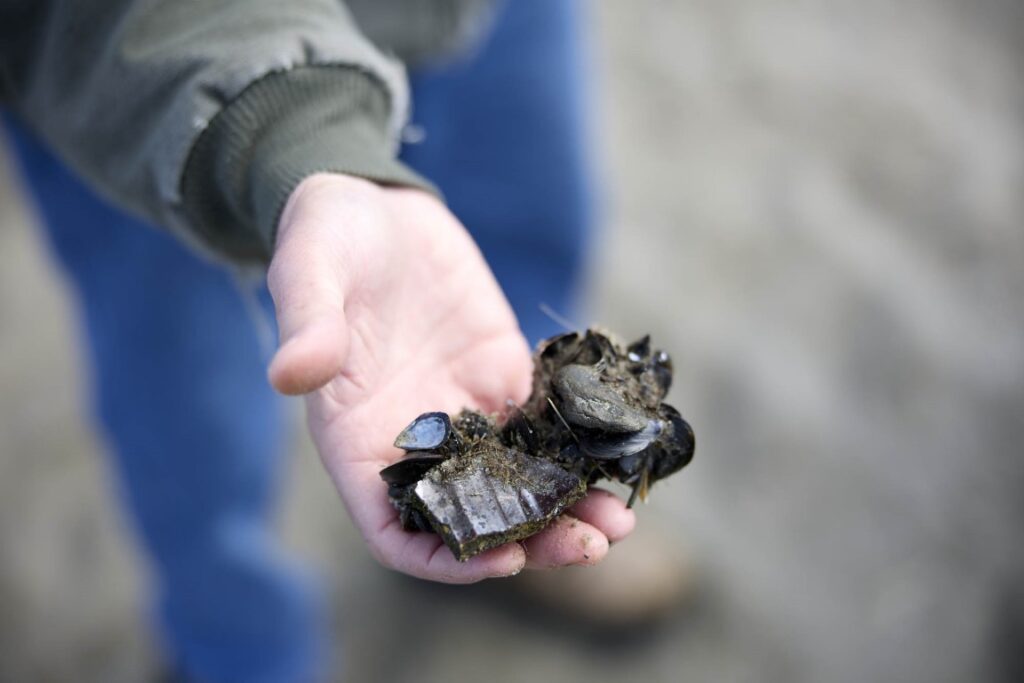
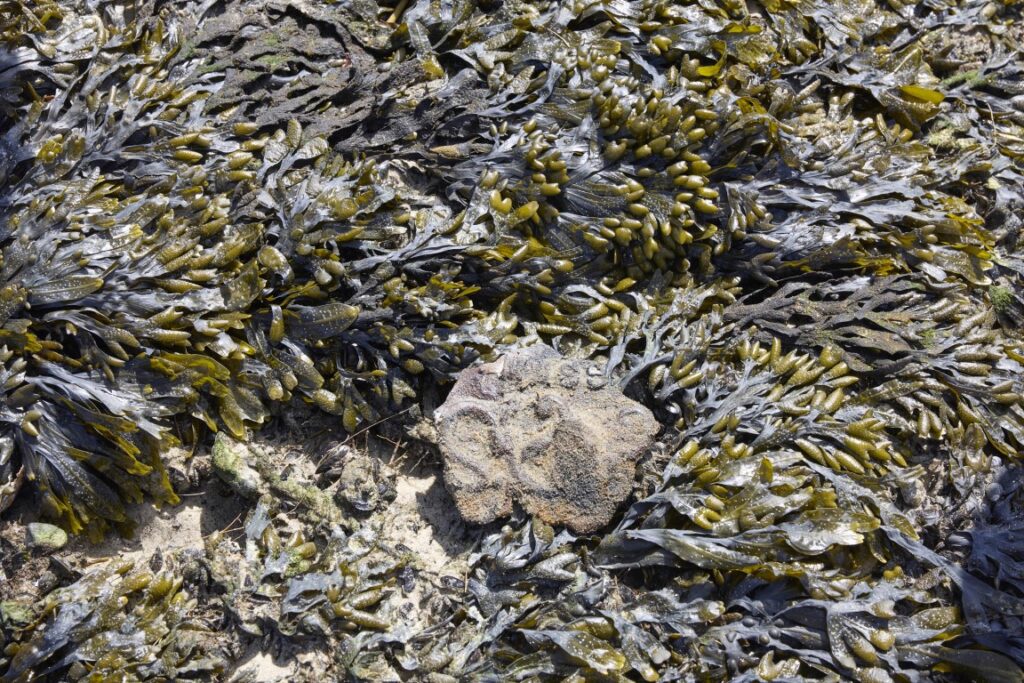
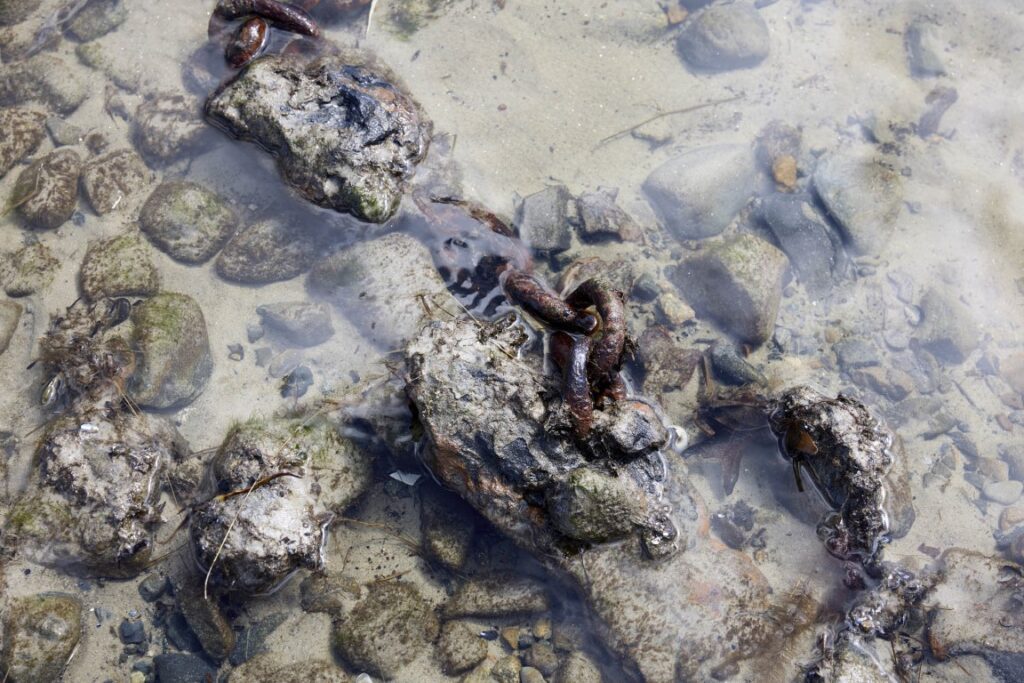
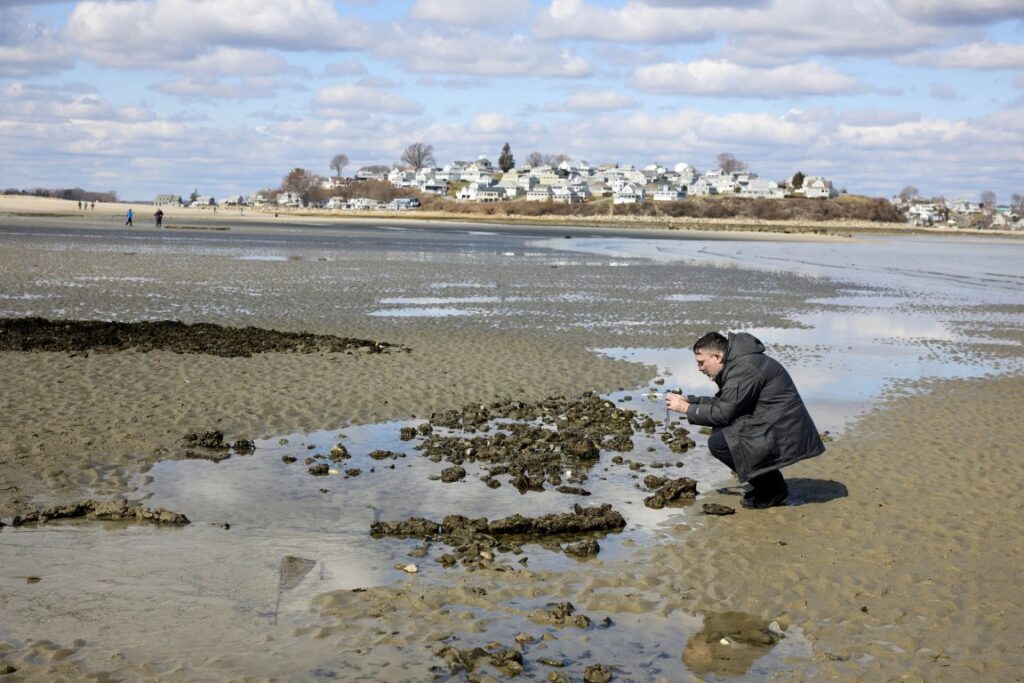
The tours were created in 2020, after another fateful storm. In September of that year, Hurricane Teddy passed offshore and the resulting storm surge destroyed a significant portion of the wreck that had been exposed on the beach, pulling some pieces out to sea and scattering others across the beach.
When David Robinson, director of the Massachusetts Board of Underwater Archaeological Resources, heard the news, he was stunned and dismayed, he said. But then the Trustees and Robinson worked together to turn the shipwreck, now wrecked again, to their advantage by creating an educational program that would double as a sort of citizen science initiative.
During Trustees’ Shipwreck Scholars tours, visitors learn the history of the ship, explore the ecosystem surrounding the site, and discuss the ways climate change–driven weather and erosion continue to shape the beach and impact the wreck. Leaders and participants pinpoint the locations of artifacts using GPS, take photographs of new finds, and measure exposed pieces, contributing to a database of knowledge about the wreck itself and the environmental conditions affecting it.
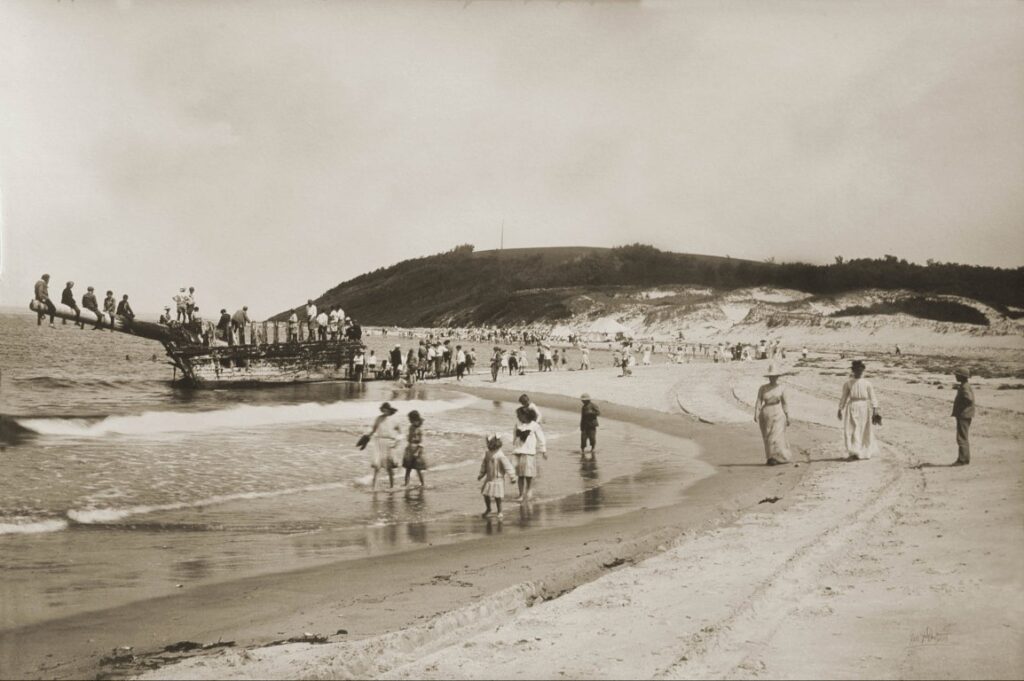
“These aren’t simply education programs,” Robinson says. “They are engaging the people that participate in the active management and monitoring of the site.”
The Ada K. Damon belongs to all the citizens of Massachusetts, Robinson says, encouraging visitors to come to the beach, explore the remnants, and connect with history. Eight-year-old Bonnie Makein and her mother came all the way from Sturbridge to experience the wreck during the March tour. Sandy Sullivan of Stoneham, a member of the tour, knew she wanted to visit the site as soon as she heard about it.
“This is fabulous,” she says, “to be able to see it and imagine what it was like on the day it shipwrecked.”
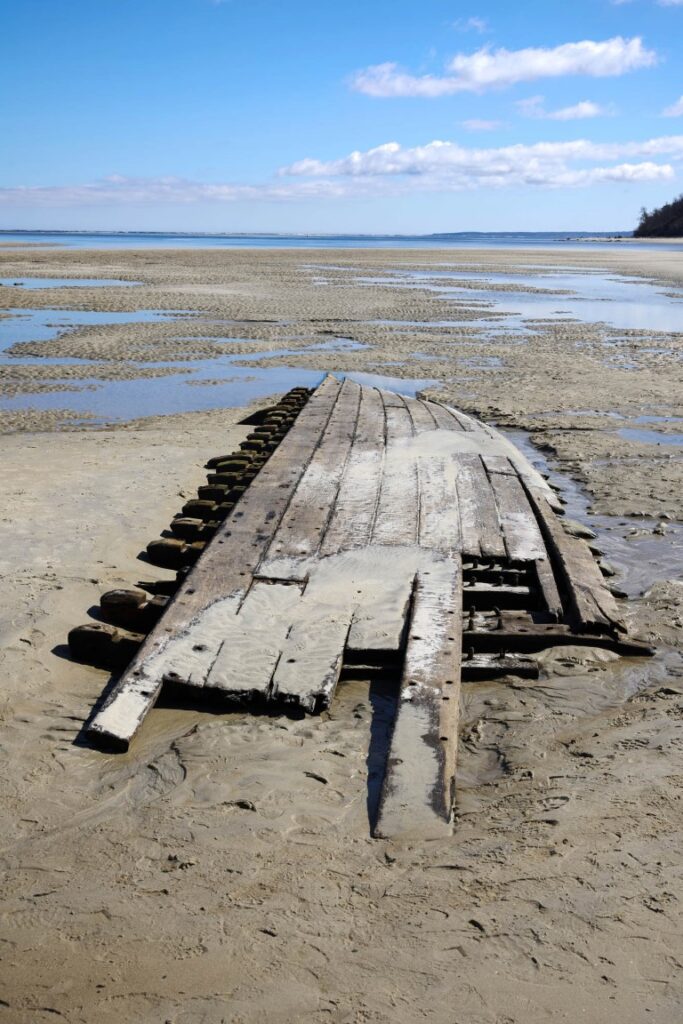
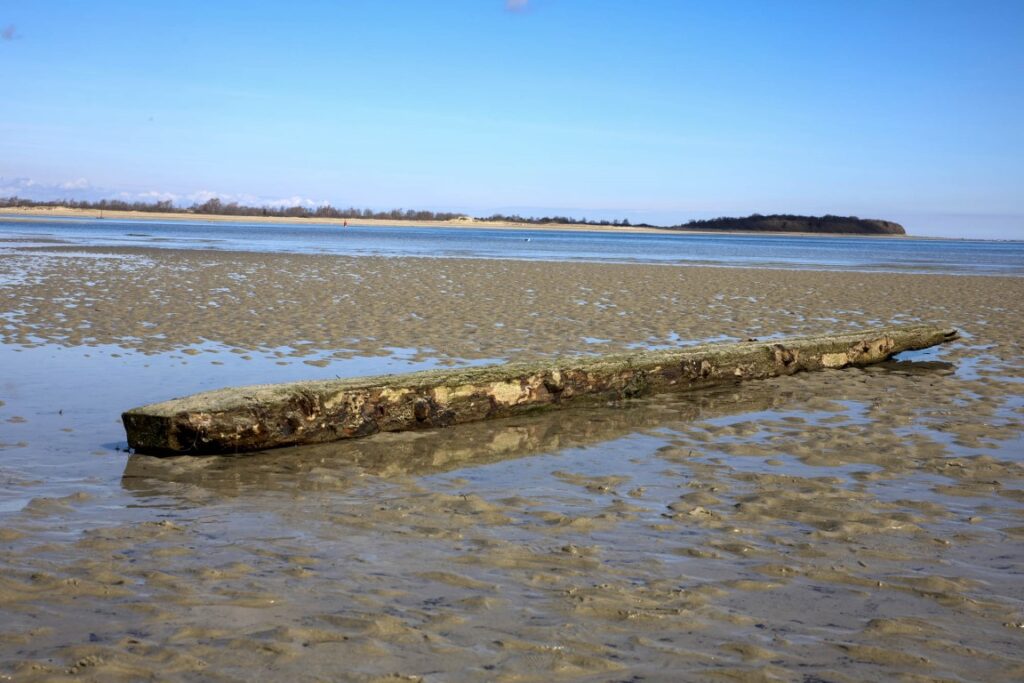
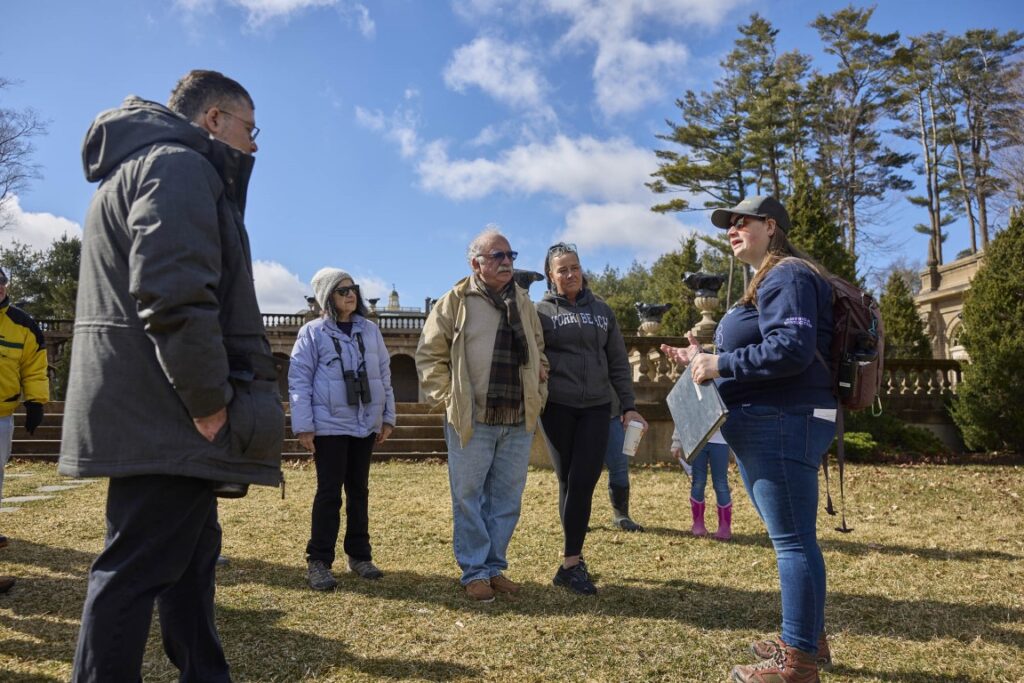
Shipwreck-seekers who venture to the beach on their own should time their visit to coincide with low tide—the wreckage is in the intertidal zone and is covered during high tide—and should wear shoes that can get a little wet. Visitors are welcome to touch pieces of the wreck, but should not stand on them and are required by law to leave any artifacts or remnants on the beach.
And those who are interested will have to make the trek: There are no plans to remove the pieces of the wreck from the beach, Robinson says. The process of properly conserving items that have spent decades exposed to saltwater is prohibitively expensive, he explains, so he and the Trustees are embracing this moment in which the ever-evolving site is offering up such rich information about the past and the future.
“Eventually, those pieces will go back to the earth and that’s just part of the natural life cycle of all archaeological sites,” Robinson says. “We are doing a lot with it and learning a lot from it.”

